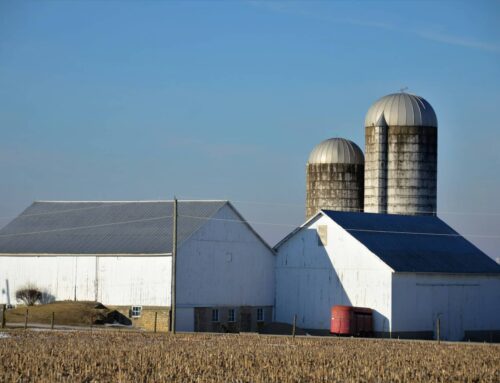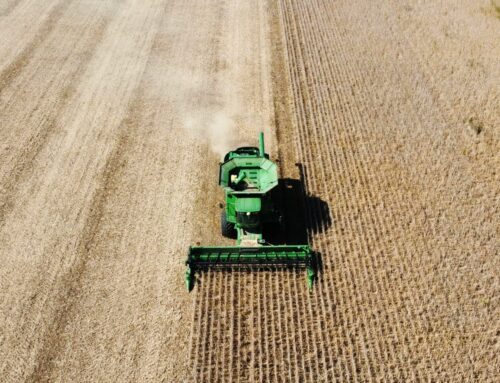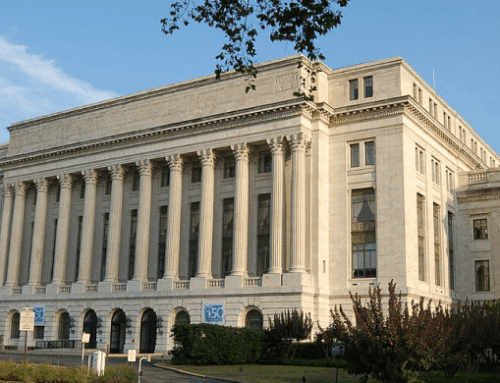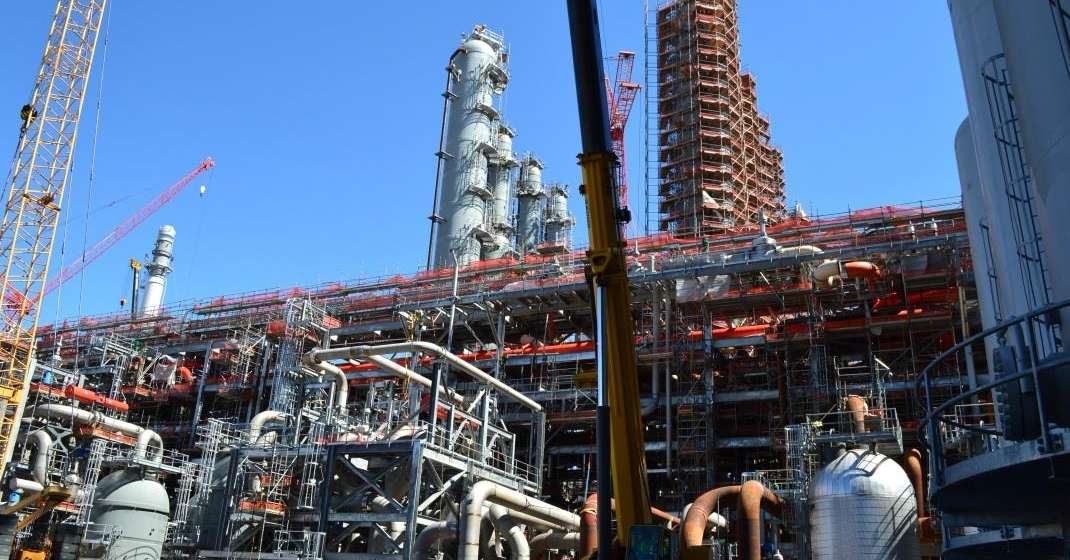On Monday the Government Accountability Office (GAO), nonpartisan watchdogs that work for Congress, reviewed payments made under the Trump Administration’s trade war bailout program. The report found that many operations received Market Facilitation Program (MFP) subsidies far above the $500,000 limit established by the USDA. In addition, many of these operations did so by exploiting the “active management” loophole, where multiple individuals can qualify for federal subsidies while providing little to no labor on the farm. This report is further evidence that the Trump Administration’s trade war bailouts further undermined the 30-year Congressional odyssey to focus the farm safety net on actual farmers. Congress must be much more diligent to ensure USDA follows Congressional intent and upholds annual farm subsidy payment limits.
Farms seeking federal subsidies are subject to eligibility requirements and, for many programs, annual limits on the amount they can receive. Payment limits for Title 1 programs within the farm bill are generally $125,000 and limited to individuals with an Adjusted Gross Income-income after expenses-no greater than $900,000.
When the administration bypassed Congress and tapped the Depression-era Commodity Credit Corporation to create the 2019 MFP, however, they also bypassed the statutory limit on farm subsidies. The broad authority given to the Secretary of Agriculture by the Commodity Credit Corporation Charter Act also includes the authority to apply payment limits, or not. For 2019 MFP, the Secretary chose to create three buckets of subsidies (specialty crops, livestock, and non-specialty crops) under which individuals could receive up to $250,000 (but no more than $500,000 in total across all three).
The GAO report on 2019 MFP does not identify how many operations exceeded this limit, but the 25 farming operations that received the highest MFP payments received a total of $37 million. That’s an average of $1.5 million per farm. That’s because many of these farming operations took advantage of the actively engaged in farming loophole, where individuals can receive taxpayer assistance from farm programs without ever setting foot on the farm. This is one of the more egregious farm subsidy loopholes many in Congress have been trying for years to close.
Interestingly the initial round of MFP subsidies in 2018 were limited to $125,000 per individual (a limit that many operations got around, too). GAO found the increased payment limit in 2019 compared to 2018 benefited at least 10,000 operations at a cost of $519 million. Nearly one quarter of these farms were located in Texas.
Despite professing a desire to close the active management and other loopholes, as articulated in every presidential budget request from the Trump Administration, when given the opportunity to do so, Secretary of Agriculture Sonny Perdue has chosen not to. When implementing “emergency” assistance in response to the 2017 hurricane season, he set a limit of $900,000 for farmers that make at least 75 percent of their income from farming and ranching. For disaster aid related to Missouri Valley flooding and the 2018 hurricane season, the limit was $500,000. And assistance related to COVID-19’s economic losses is subject to a $250,000 payment limit, which is potentially tripled for operations structured as corporations. And all of these subsidies are available to so-called “active managers” in these operations.
Payment limits on farm subsidy programs have been included in every farm bill since 1970. Clearly Congressional intent is to focus farm safety net programs on actual farmers with real needs. Without changing the rules, more small and medium sized farms, which already face artificially high land prices due to government subsidies favoring large, established farms, will further struggle. And the non-farmers that receive farm subsidies, as well as the operations that specialize at farming the Treasury rather than the soil, will continue to advocate for more.










